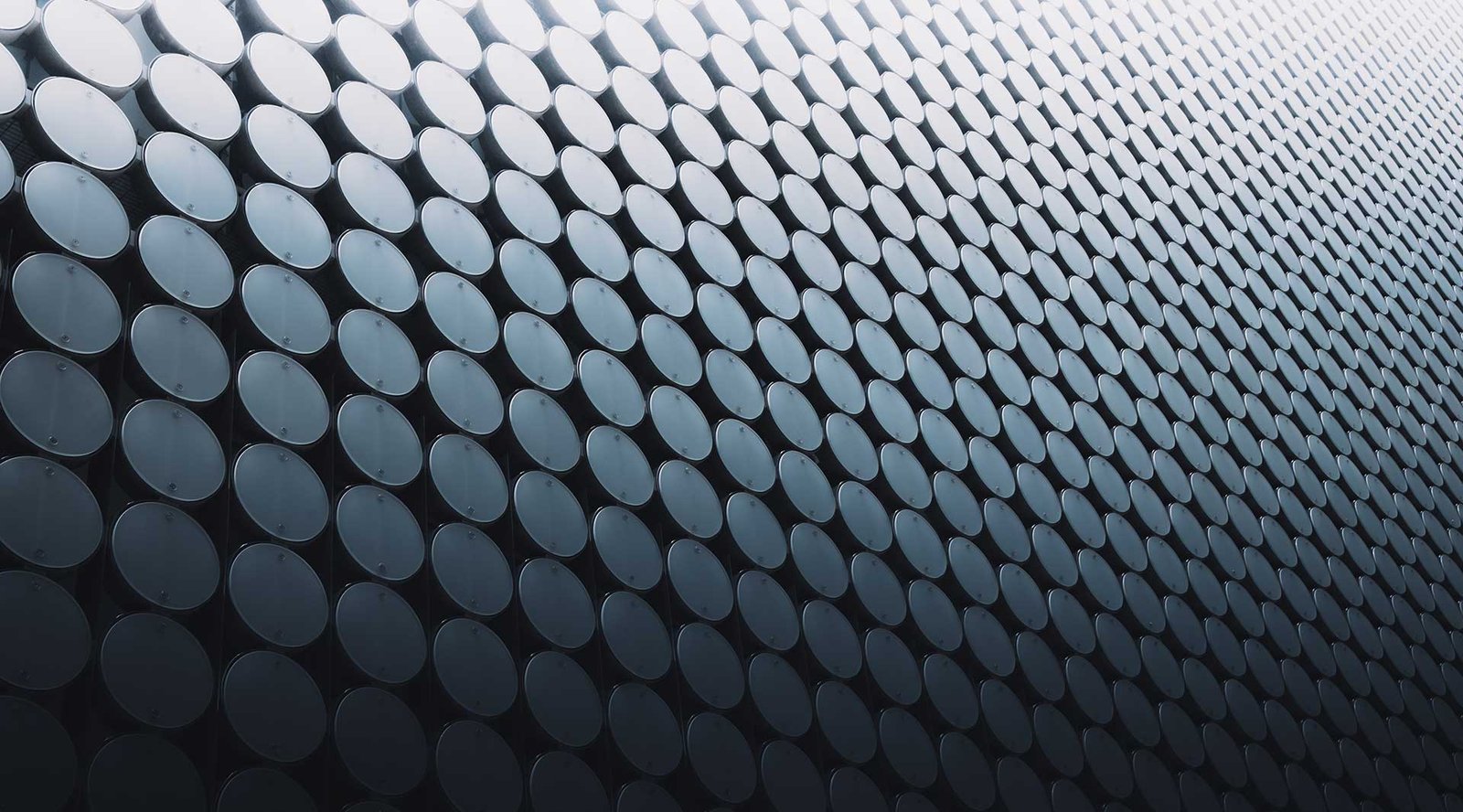The expiration of key patents for LFP battery chemistry in 2022 changes the EV industry. With the technology now freely accessible, global battery strategies are changing as former IP barriers are reduced.
LFP battery is a type of lithium-ion battery that uses lithium iron phosphate (LiFePO4) as a cathode material. The appeal of LFPs in the EV sector is obvious: low cost, low toxicity and good safety due to their better thermal stability compared to batteries based on nickel and cobalt chemistry. Tesla’s use of LFP in some of its standard-range models signaled the beginning of a broader trend, which is now accelerating in Western markets. LFP batteries are also proving to be a popular choice for renewable energy storage.
However, obstacles remain in the commercialization of LFP technology. Now with the basic chemistry falling into the public domain, the focus of intellectual property protection has shifted. Companies are securing patents around secondary innovation with a focus on increasing energy density, improving safety, faster charging capabilities and reducing costs. For example, CATL (Contemporary Amperex Technology Co., Ltd.) has developed and commercialized cell-to-pack technology with its Quilin battery. BYD and Tesla, among others, also hold patents related to LFP technology. Such proprietary engineering technology will still provide competitive advantage. Trade secrets and manufacturing know-how are also becoming increasingly valuable.
Freedom-to-operate (FTO) analysis therefore remains important for market entrants. While primary patents have expired, the dense web of secondary patents, including additives, coatings, and methods of production, still pose a risk of infringement. Companies entering the LFP space need to navigate this residual IP group and engage in increasingly nuanced FTO due diligence to minimize their risk of being on the receiving end of an infringement suit.
Apart from the patent landscape, there are other structural and strategic barriers to exploiting LFP technology:
- Recycling economics: Since LFP batteries lack high-value metals such as cobalt and nickel, they are less attractive to recyclers. This is a challenge in light of EU regulations requiring lithium-ion batteries to contain at least 6% recycled lithium by 2031, rising to 12% by 2036. While companies are developing new capabilities, for example UK-based Ultilium’s proprietary ecocathode technology, which promises to recover 97% of lithium and 99% of graphite from used LFP cells, these technologies remain in their infancy.
- Supply chain dependence: Western manufacturers remain heavily dependent on Chinese suppliers for high tap-density iron phosphate precursors (which allows increased energy density in batteries) and cell manufacturing expertise.
- Infrastructure misalignment: The UK’s charging infrastructure still needs to be developed significantly to encourage EVs.
In short, the LFP patent cliff is not the end of the story. Rather, it is the beginning of a new chapter in EV innovation, where competitive advantage can still be gained through further technological developments. For IP professionals and EV strategists, the task is to develop security strategies that reflect this new paradigm. Effective trade secret and patent protection will be essential components of this, as will the building of strategic partnerships.
